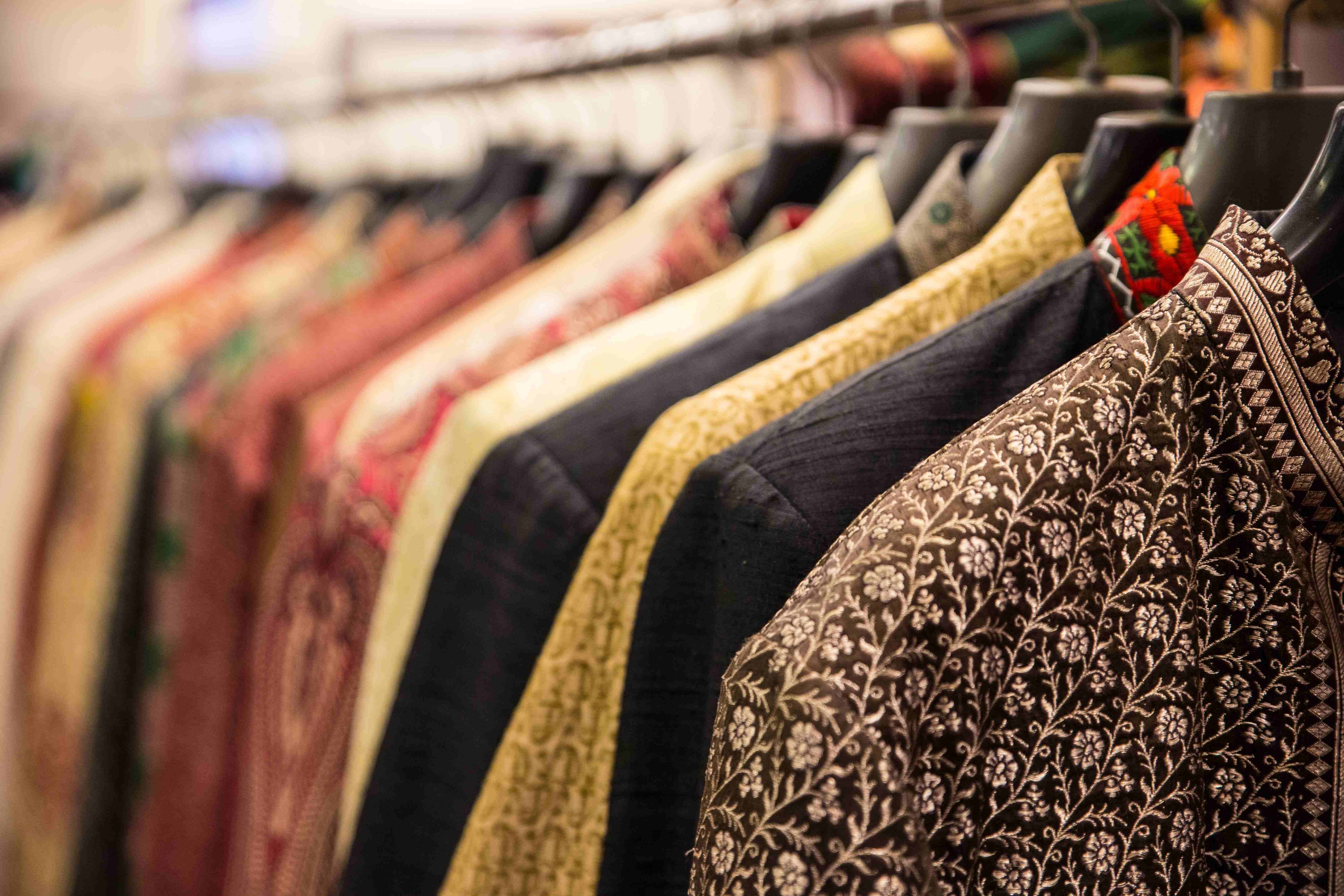How To Find The Best Inexpensive Clothing Catalogs


Summary: Clothing catalogs contain all the products being released in a particular season. It has lists with pictures of the products, and information about them — including size, color, fabric, care instructions, etc. A catalog can also serve as a source of ideas for future outfits that you can put together from things you already own.
Simply put, a catalog is a "collection of products in a systematic order." A clothing catalog is a list of apparel arranged by clothing category (shirts, pants, shoes), a list of collections, or a list of ensembles.
A clothes brand's collection or complete offerings, with all the information, is often shown in a fashion clothing catalog. Every item the vendor owns, or at the absolute least what is currently on hand in that collection, will be listed in a typical catalog.
Finding the best Inexpensive Clothing Catalogs
A basic clothing catalog includes:
Picture of the merchandise
The product image is what everyone looks at first when they open a catalog. The majority of clothing catalogs show product images from angles that make practically the entire item visible.
Some catalogs choose to contain multiple product photographs, while others integrate various products into a single image. Like in the case of exhibiting earrings, footwear, a coat, and a shirt in the same image. Online catalogs, on the other hand, frequently feature videos in addition to additional pictures and views.
Pricing
The price of the item is listed in a clothing catalog. The item's pricing is properly stated together with the photo. A possible price range can be found in some catalogs. Other catalogs, where the item needs to be made to order; pricing range mentioned.
Clothing catalogs without prices are typically created to build anticipation for upcoming releases or "coming soon" merchandise.
Size & Measurements
In a typical catalog, the sizes and product measurements are also included. S, M, L, XL, 2XL, plus size, tall sizes, and product measurements are commonly available.
The size, height, and weight of shoes, bags, and other accessories are also crucial details for a catalog.
Material information
Without a description of the materials, a catalog is lacking. In a catalog, the product's material is typically mentioned. The material information is a crucial piece of knowledge for the customer to place an order. A garment catalog might list the material composition as 100% cotton, 20% viscose, 1% elastane, or 100% linen, for example.
Different variants of the same product
A catalog usually makes notice of any variants of the same product that may exist or of any products that are intended to be sold together. Such as matched ensembles or a set of pants and a top. If a blouse is offered in seven different colors or with various sleeve lengths ( long, short, sleeveless).
Availability & location of the product & where it could be purchased
In certain catalogs, the product's availability is also mentioned. if it is a limited-edition item, fan gear, or seasonally-themed stuff. If the product will be refilled or not is stated in the catalog. The catalog states "limited quantities only" if the product is limited.
This needs to be mentioned, especially in the case of seasonal goods.
Another crucial piece of information is the location of the product—is it sold in all stores? or in particular shops or locations? Is it only offered in stores? or just online?
How to order it
The clothing catalog may include a phone number, a QR code for an ordering app, or a website link. In order to make a sale through the catalog, ordering should be easier to navigate.
How the merchandise is Produced/Inspiration
A product's production process and location could be listed in the catalog. Information like "Made in China," "Made in Germany," "Made using sustainable textiles," and others might be put in the catalog to make it feel more personal.
Why a Clothing Catalog Exists

Clothing catalogs serve as general advertisements for a brand's products to customers. Catalogs are structured listings that provide information about the merchandise. The catalog's purpose is to inform the customer about the goods and their details, and prompt them to place an order.
However; Modern Clothing catalogs are used for below purposes:
New Arrivals
Catalogs are now used by fashion brands to market new arrivals. With a subdued "coming soon," the catalog would list the variety of products, their availability, and their general themes.
Fashion Collaborations
Catalogs are useful when companies partner with well-known people, designers, and celebrities to develop a commercial line. The exclusive launch items are displayed in the catalog. Usually, this happens when a celebrity and a fashion company both capitalize on the opportunity.
Key Takeaways:
- The practicality of the merchandise, how to use it, how to wash it, how it would fit, availability and the specifics of the item are the details in a clothing catalog.
- Online or Offline, clothing catalogs are an unofficial lead generator for Fashion Brands.
There are several approaches available on Fashinza to help you improve your content if you're developing a clothing catalog. Make use of the various integrated publishing solutions to increase the visibility of your fashion catalogs.



















